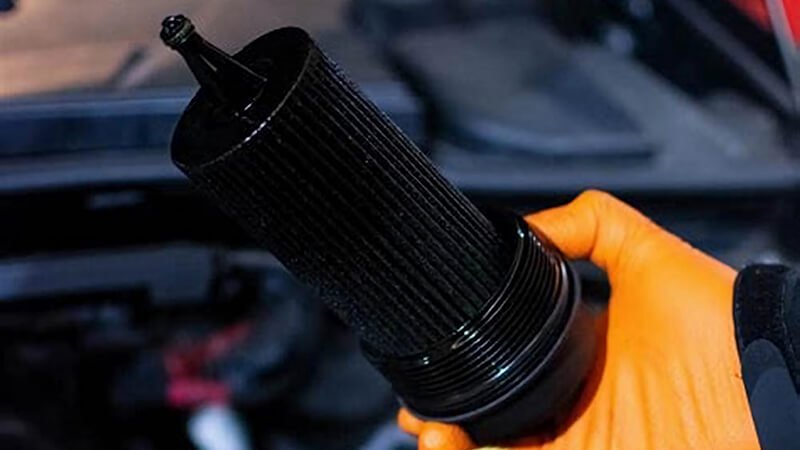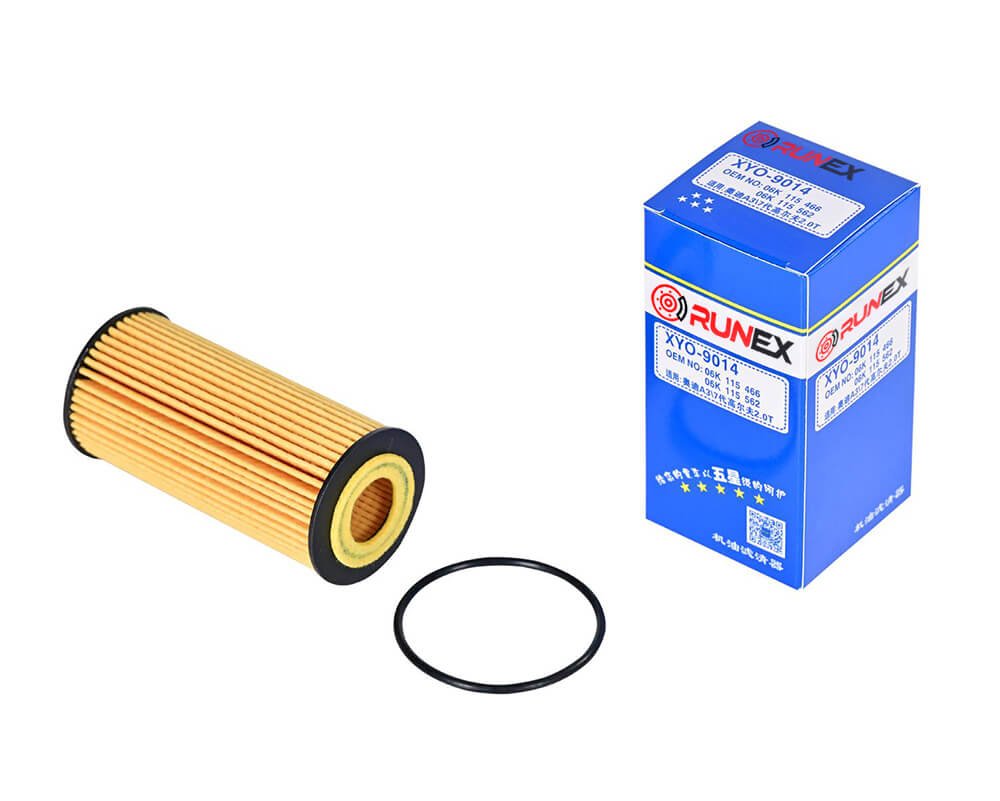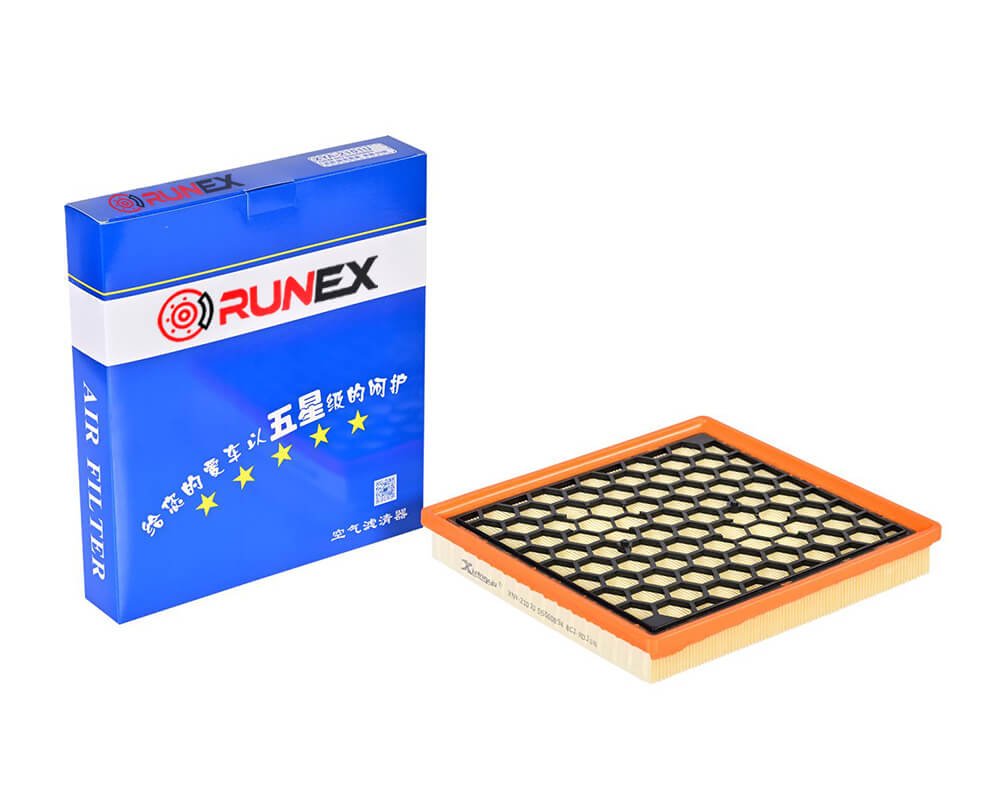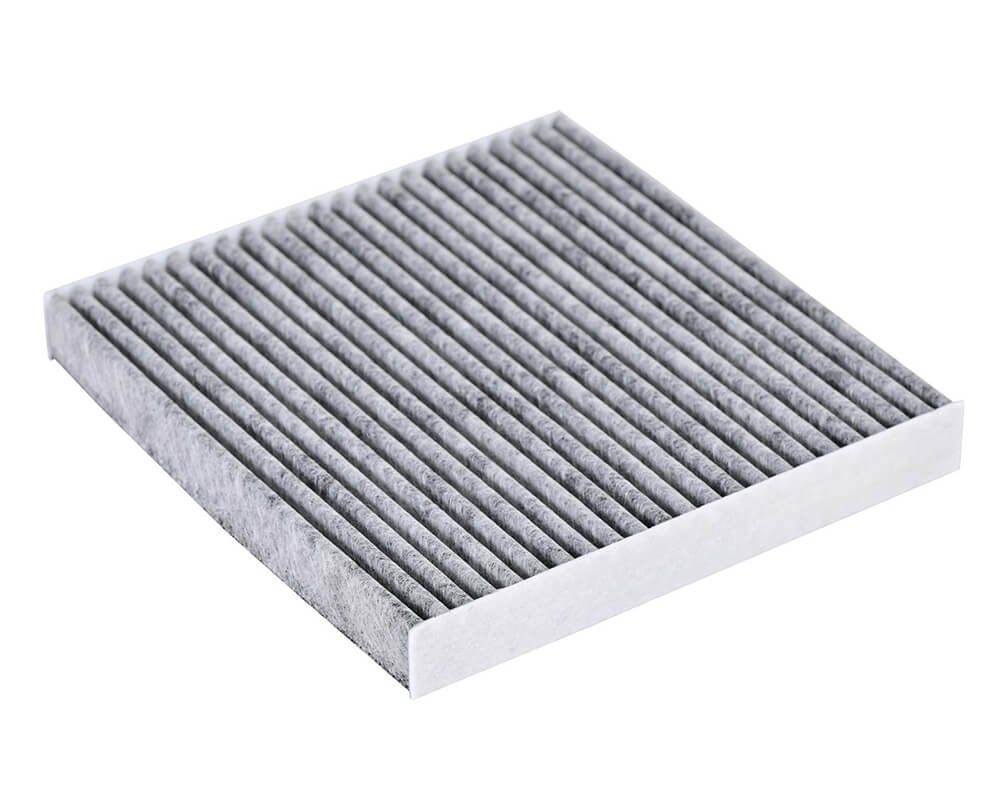Runex Brake Pads
- OEM/ODM: Custom branding on packaging and free sample development to ensure your unique market presence.
- Low MOQ: Starting from just 50 sets per model, ideal for new clients looking to test our quality before scaling.
- Multiple Material Options: Over 20 formulations, optimized for various car models and market demands.
- Wide Model Range: 3,000+ FMSI numbers, covering Japanese, Korean, European, and American vehicle makes.
- Competitive Price: Direct-from-factory pricing for exceptional value and savings.
- Fast Production Time: Orders completed in 35-45 days, ensuring quick delivery.
- Certifications: ISO9001, IATF16949, E-mark, AMECA, and more, guaranteeing compliance and quality.
- Quality Level: All Runex brake pads meet OE standards, ensuring superior performance and reliability.
Your Trusted Brake Pad Partner – Runex Auto
Runex Auto is a leading and experienced brake pad manufacturer based in China, with over 12 years of expertise in producing high-quality brake pads for a wide range of vehicles. We specialize in ceramic, semi-metallic, and low-metallic brake pads, catering to diverse automotive needs.
Our brake pads are designed to fit all vehicle types, including Japanese, Korean, German, European, and American models, ranging from passenger cars to heavy-duty trucks. With a robust production capacity, we supply top-notch brake solutions to our clients across the globe, including markets in Europe, the US, Brazil, Russia, Turkey, and Southeast Asia.
Runex Auto’s monthly production capacity exceeds 100,000 sets of brake pads, ensuring rapid response to global market demand and exceptional delivery efficiency for our customers. Our factory holds internationally recognized certifications, including ISO9001, IATF16949, E-Mark, and more, guaranteeing that every brake pad meets stringent OEM standards.
Partner with Runex Auto today for a reliable, high-performance brake solution that guarantees safety and satisfaction.
Different Brake Pads
Runex Auto, with over 12 years of experience, offers more than 1,000 SKUs of high-quality brake pads, including 26 formulas such as semi-metallic, low-metallic, and ceramic, tailored to meet diverse market needs.

Ceramic Brake Pads
- No damage to brake discs
- No Dust & No Rust
- No Noise
- High Braking Comfort
- Sensitive Braking
- Good Insulation

Semi-Metallic Brake Pads
- Higher wear on brake discs
- A little noise
- Good wear resistance
- High braking performance
- Fast heat dissipation
- High-temperature resistance
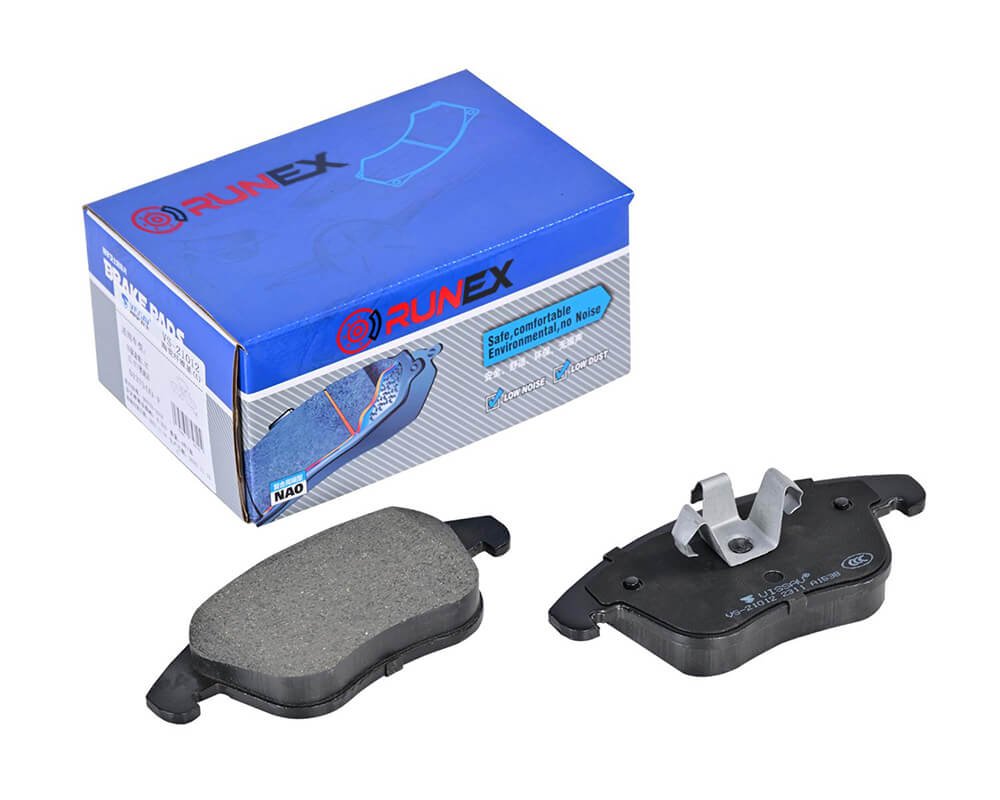
Low-metallic Brake Pads
- A brake disc is not easy to blacken
- Almost No Noise
- Not Easily Rusted
- High Braking Comfort
- Sensitive Braking
- Good Insulation
Get A Quote
Ready to take the next step? Contact us today to get the best pricing options!
Be A Dealer
Interested in partnering with us? Reach out now to join our dealer network and enjoy exclusive benefits!
Custom Packages
We offer three types of packaging for our brake pads: the standard packaging, a basic option with no branding, and a fully customizable packaging with your brand logo, tailored to your specific needs.
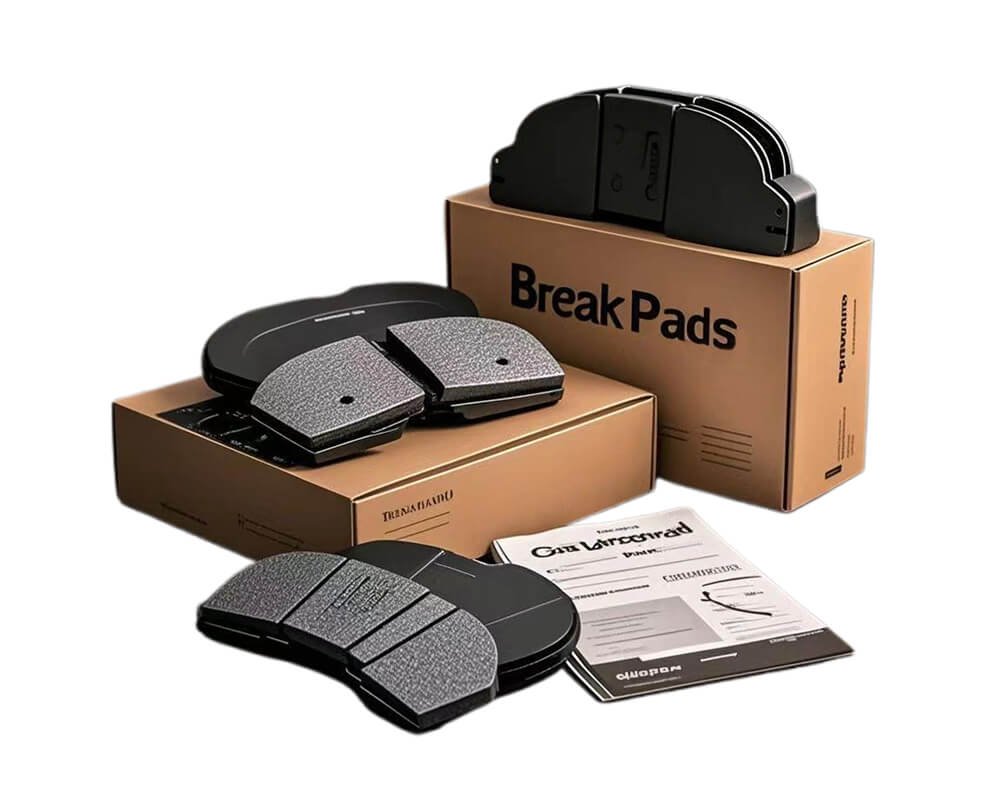
No Branding Box
If you are looking for a cost-effective option with no specific packaging requirements, our No Branding Box is the ideal choice for your Business.
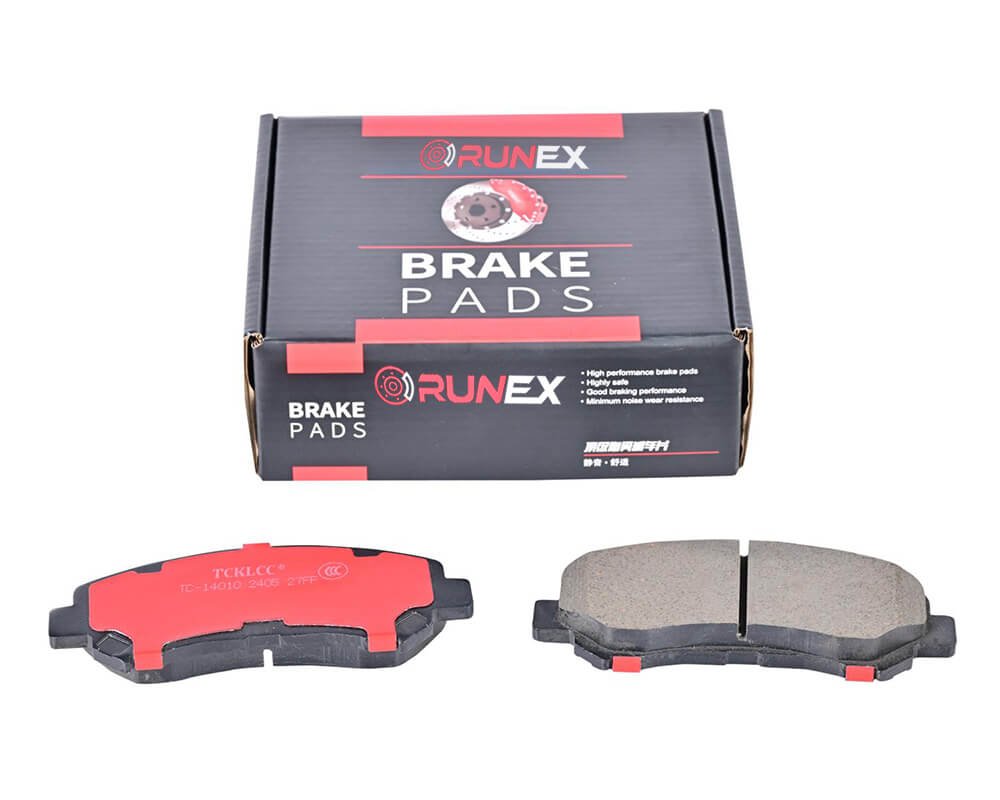
Standard Packaging
Runex is a well-recognized brand in the market. Our standard packaging not only promotes the Runex brand but also helps enhance your sales performance.
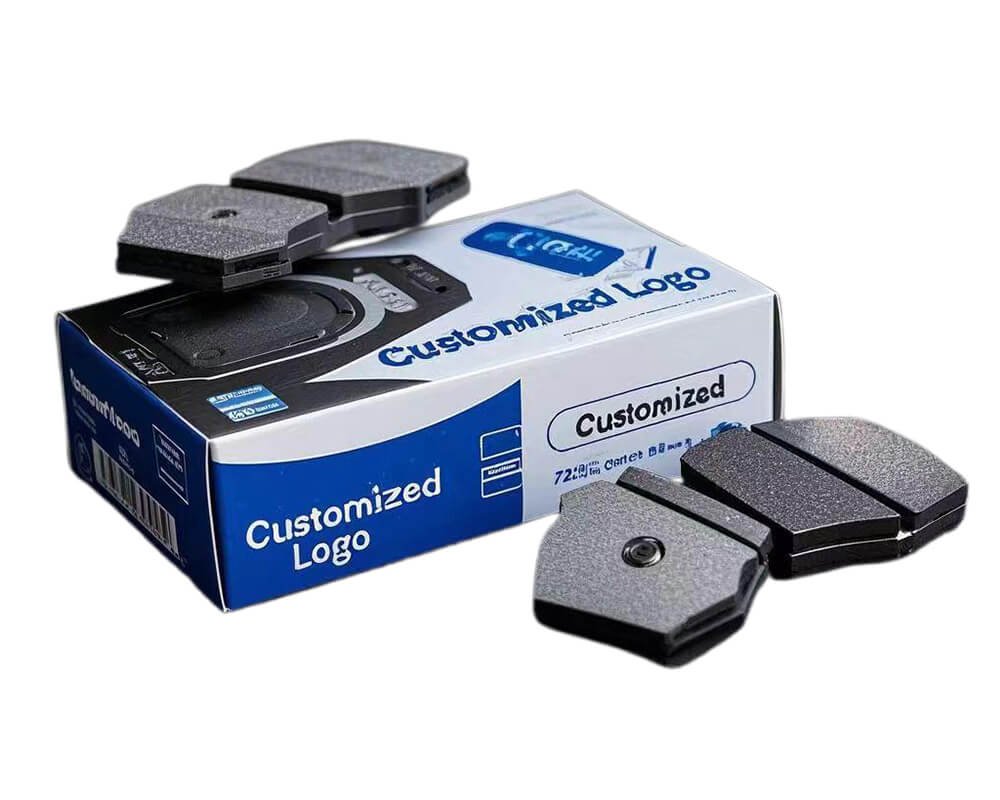
Customizable Packaging
You can customize your brand box with our high-quality brake pads, giving your business a significant boost and helping you stand out in the market.
Brake Pads Components
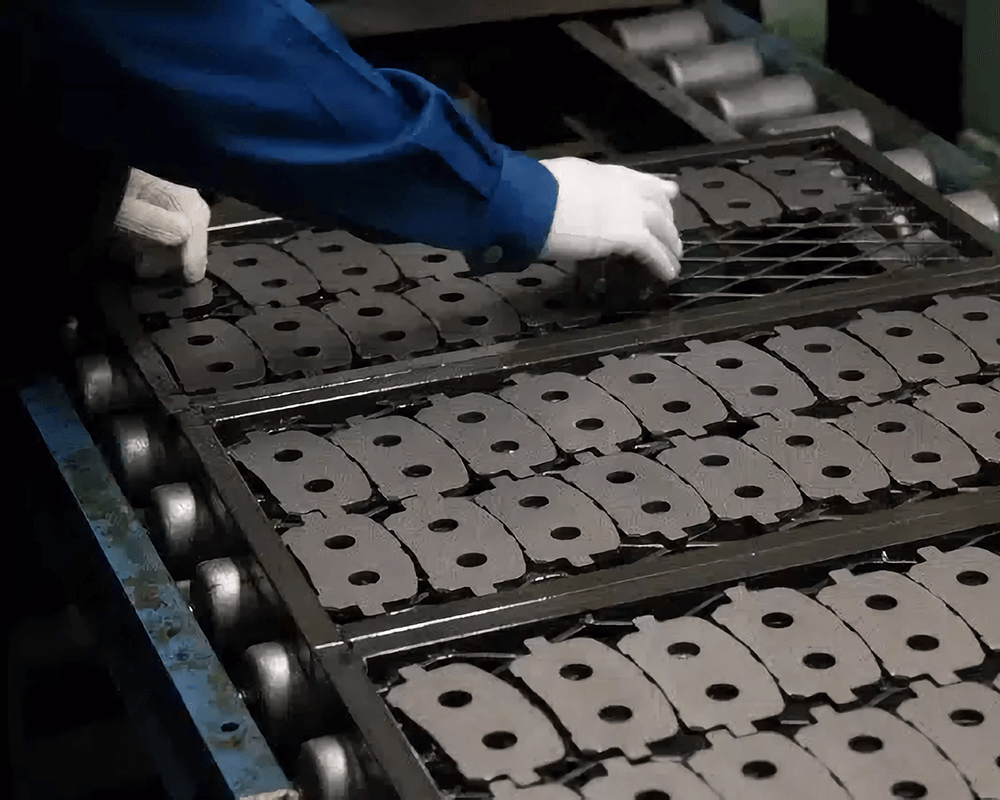
Friction Body
Runex brake pads are crafted using high-quality friction material and advanced adhesive die-casting technology. The standard brake pad thickness is 1.5 cm, and we ensure a friction coefficient of 0.37 for optimal braking performance.
Anti-Noise Shim
To reduce vibration and minimize noise, Runex brake pads are equipped with anti-noise shims attached to the back plate. We offer a range of shim materials, including stainless steel, fabric, and rubber, allowing you to choose the best option for your needs.
OE Quality Backplate
Runex brake pads feature backplates made from Q235 low-carbon steel, ensuring durability and strength. The backplate hardness ranges from 120-180HB, with a typical thickness of 5-5.5 mm. The plane accuracy is maintained within 0.15 wire, ensuring perfect fitment and superior braking reliability.
Chamfer And Slot
Runex brake pads are designed with precision-cut slots and chamfers on the friction material. These features improve friction, enhance heat dissipation, remove dust, and effectively reduce noise during braking for a smoother driving experience.
Brake Pads Brands
We offer an extensive range of brake pads from both leading global and domestic Chinese automotive brands, providing you with a variety of high-quality options.
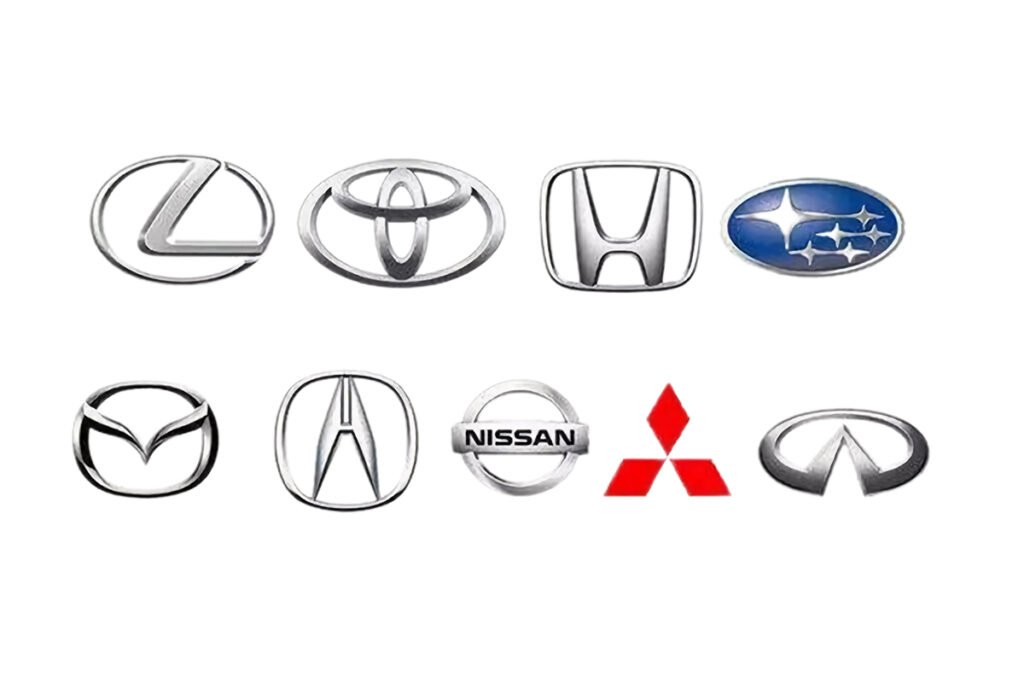
Brake Pads For Japanese Vehicles
Runex brake pads are compatible with Toyota, Mitsubishi, Hino, Suzuki, Isuzu, and other Japanese brands.
Our products are engineered to meet the highest quality standards, offering a cost-effective solution for your forklift maintenance needs.
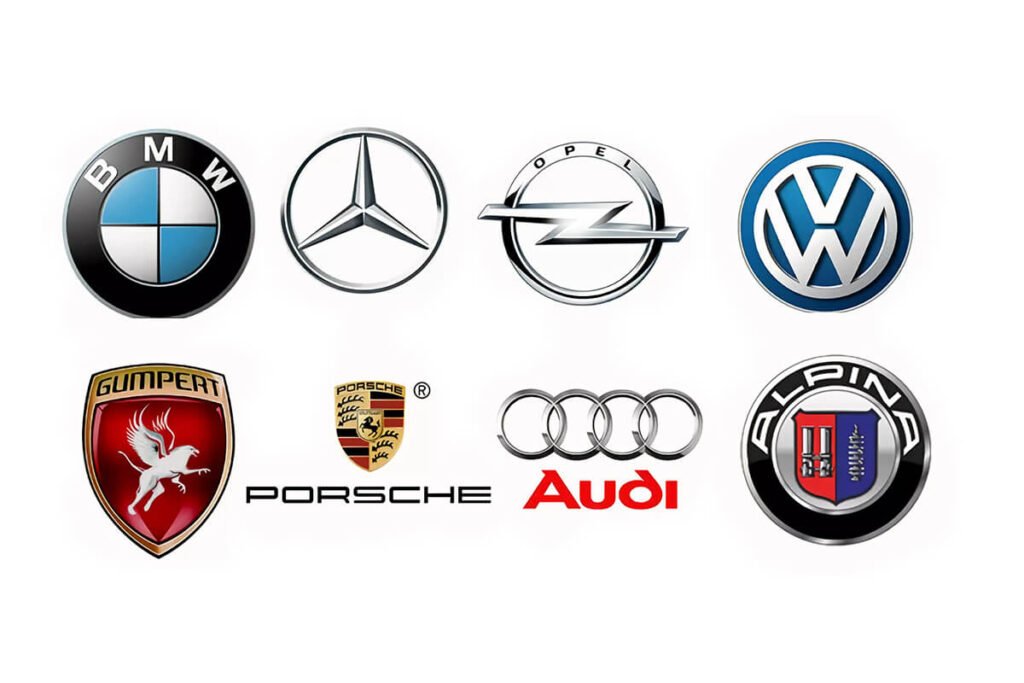
Brake Pads For German Vehicles
If you’re in need of high-quality brake pads, look no further than Runex Auto. We offer a wide range of brake pads for top global brands like VW, Benz, BMW, Audi, Opel, MAN, and more.
Whether you need durability, performance, or cost-effective solutions, we’ve got you covered.
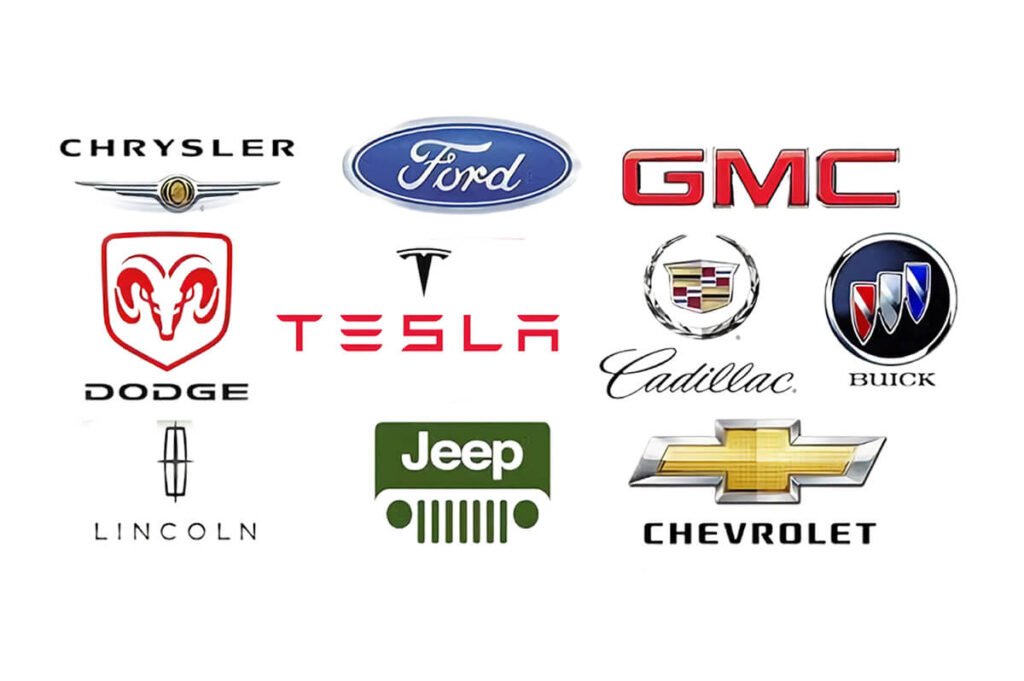
Brake Pads For American Vehicles
Runex Auto offers high-quality brake pads for American vehicles, including Ford, Chevrolet, Dodge, Jeep, Cadillac, and Buick. We provide durable, performance-driven products tailored to meet your business needs.
Contact us for more details on our customizable brake pads.
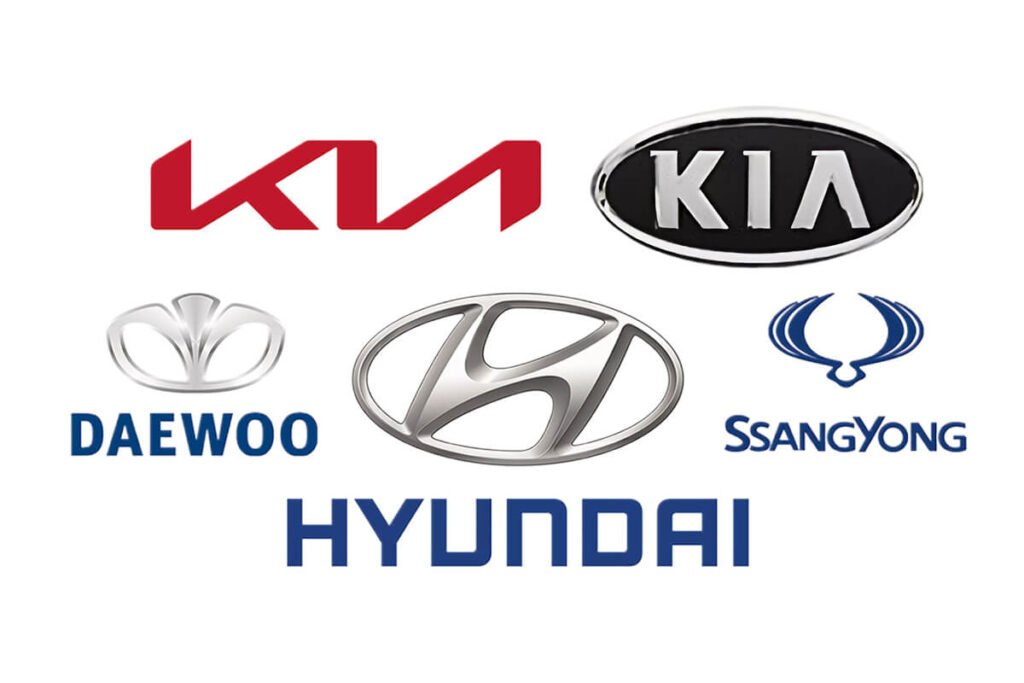
Brake Pads For Korean Vehicles
Runex brake pads cover Korean vehicle brands like Hyundai and Kia. We offer high-quality, reliable solutions tailored to your needs.
If you need brake pads for Korean vehicles, please contact us. Let’s discuss your requirements further!
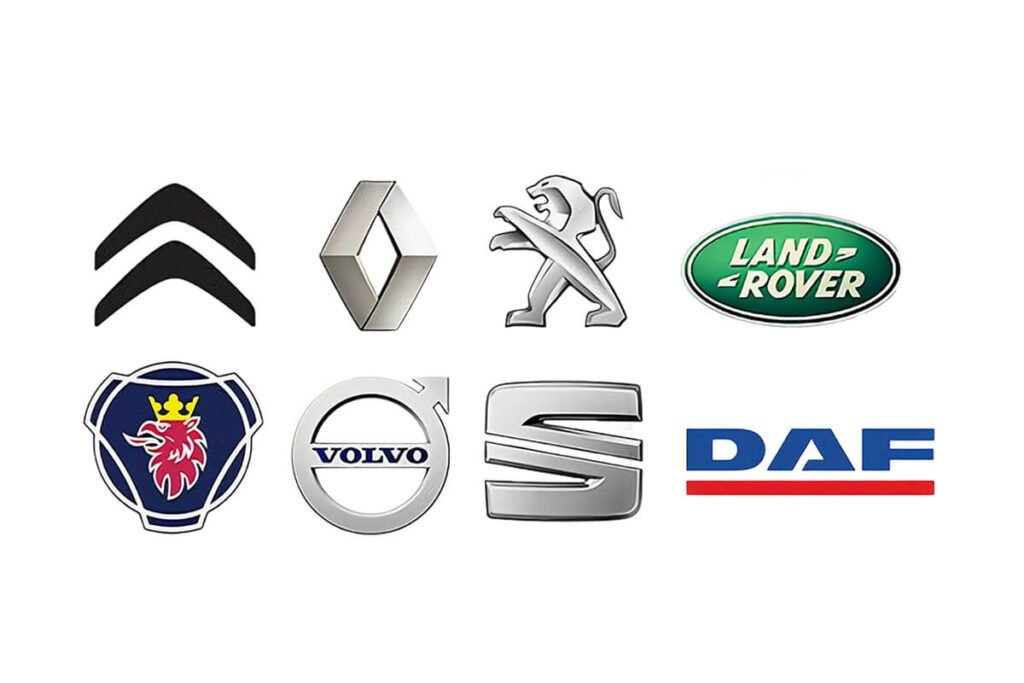
Brake Pads For European Vehicles
Runex brake pads cover brands like Renault, Peugeot, Citroën, Fiat, Land Rover, Volvo, Scania, SEAT, and more.
We have a wide range of brake pads for European vehicles. Our products are designed for durability and optimal performance, ensuring the safety of your customers.
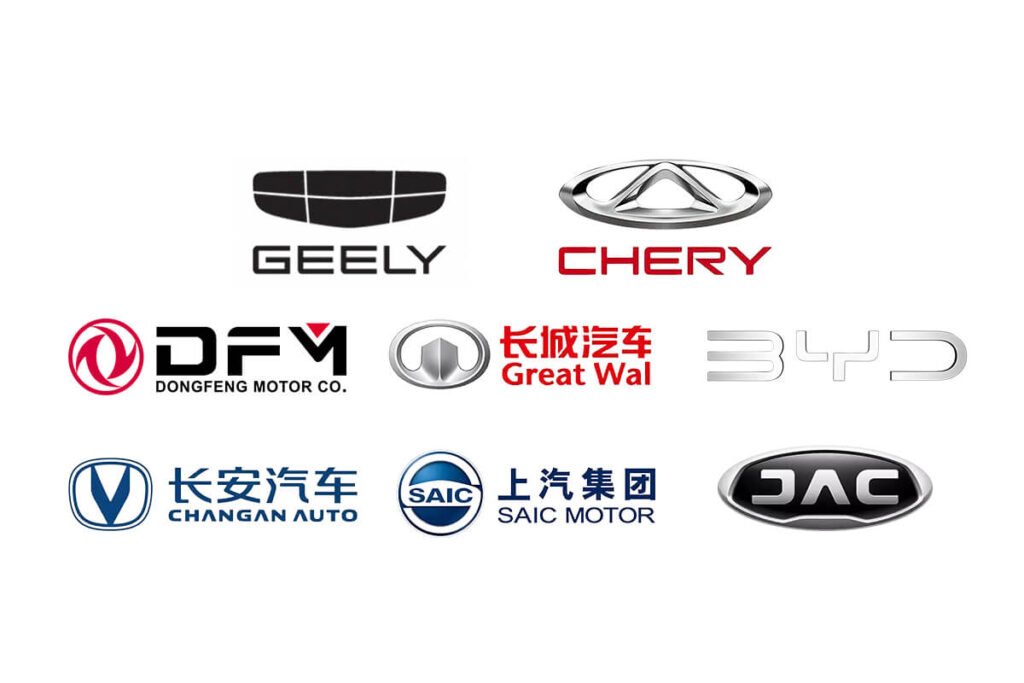
Brake Pads For Chinese Vehicles
Runex brake pads cover Chinese vehicle brands like Chery, Geely, BYD, Changan, Great Wall, and more.
Our products are engineered for high performance and long-lasting reliability, meeting the needs of both OEM and aftermarket markets.
Brake Pads Knowledge
At Runex, we specialize in providing high-performance brake pads designed for durability and safety. With a focus on quality, customization, and cost-effectiveness, our brake pads are engineered to meet the demanding needs of the global automotive industry. Whether you’re an engineer, buyer, or distributor, our expert resources and insights will help you make informed decisions and ensure optimal product performance in your market.
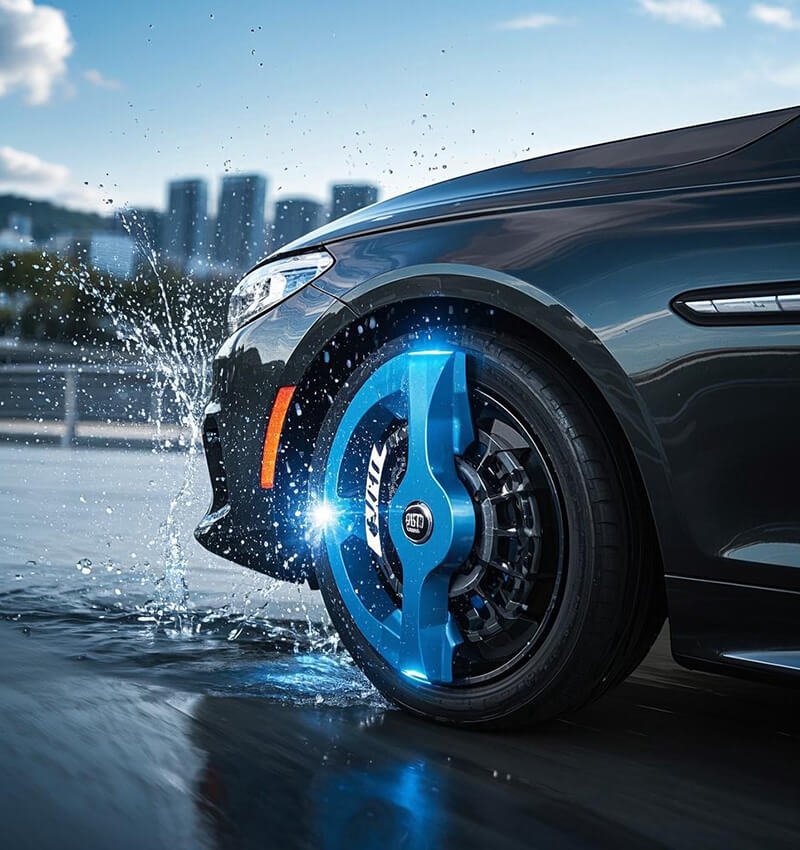
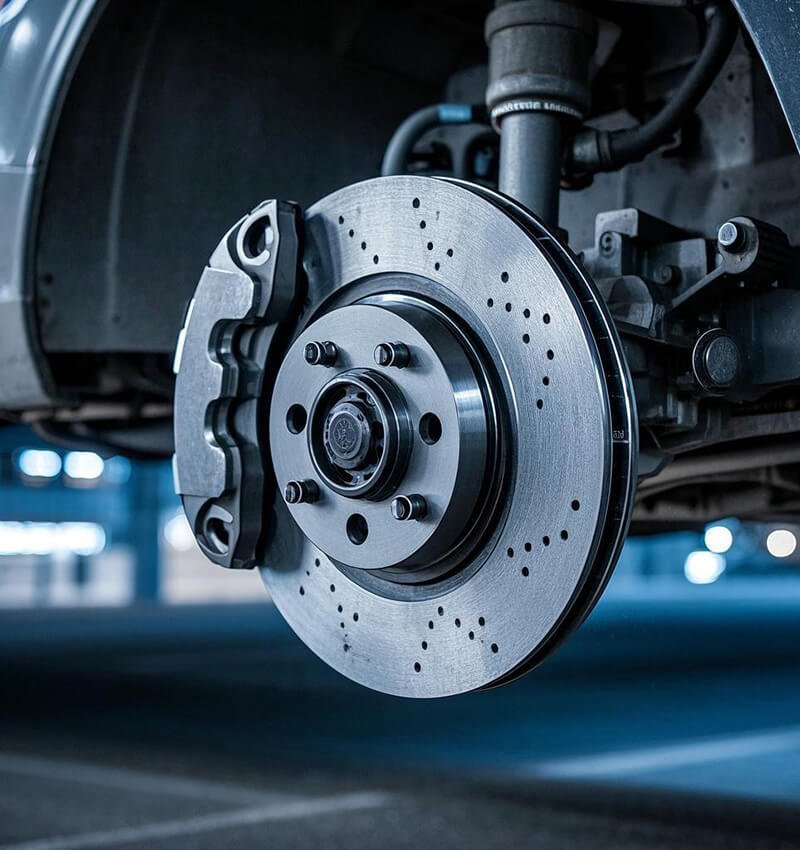
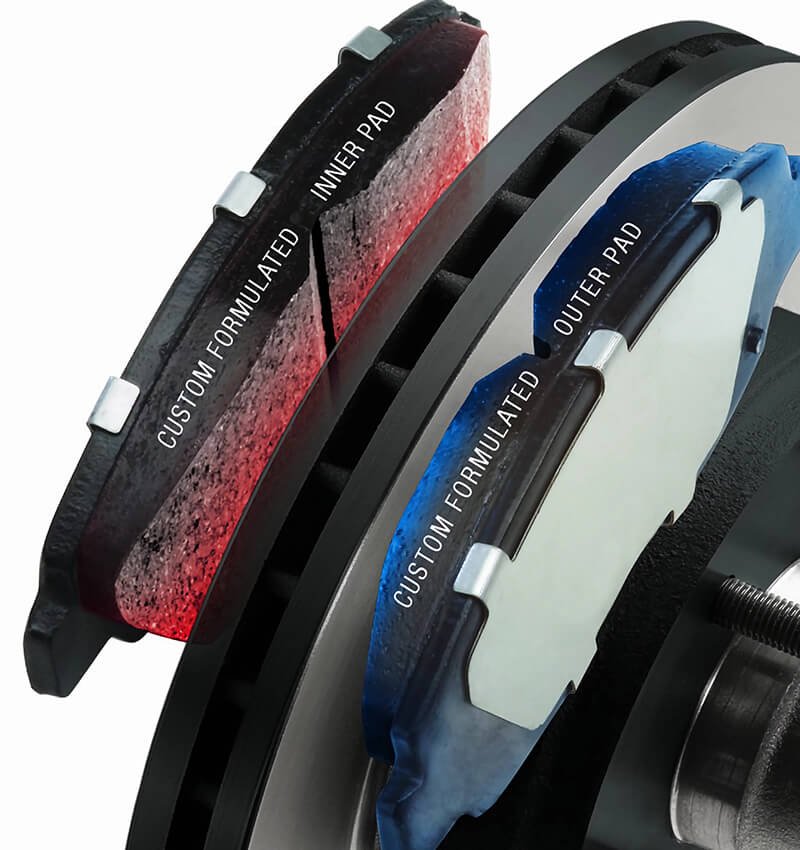
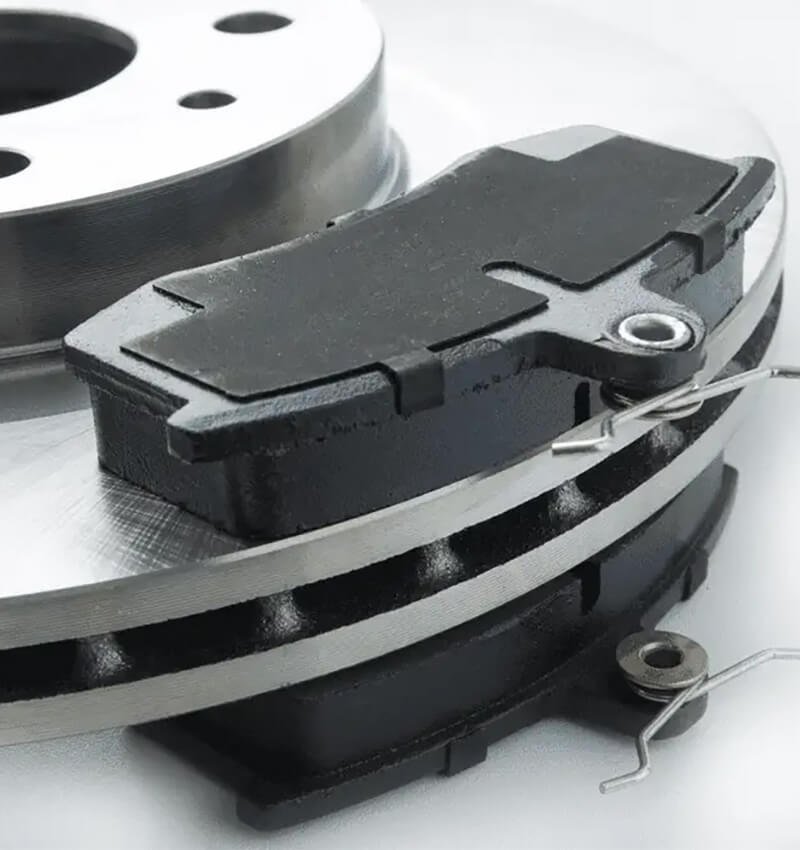
How many brake pads are on a car?
1.Standard Brake Pad Configuration
- Most Cars:
- Each wheel generally has two brake pads: an inner pad and an outer pad.
- For a vehicle with four wheels, this results in a total of eight brake pads (two per wheel).
- Front Disc and Rear Drum Brakes:
- If the car has disc brakes in the front and drum brakes in the rear, it will still have eight brake pads (four at the front and none at the back).
2.Variations by Vehicle Type
- High-Performance or Sports Cars:
- These vehicles may have more complex braking systems, sometimes featuring multiple pistons per caliper, which can increase the total number of pads. For example, a car with six-piston front calipers and four-piston rear calipers could have as many as 24 brake pads.
- Larger Vehicles (Trucks/SUVs):
- Heavier vehicles may require larger or additional brake pads for enhanced stopping power, but they typically still follow the two-pads-per-wheel rule.
- Older or Smaller Cars:
- Some older models may only have disc brakes on the front wheels, resulting in fewer total pads (typically four).
How often should brake pads be changed?
Brake pads are a critical component of your vehicle’s braking system, and their lifespan can vary significantly based on several factors. Here’s a comprehensive overview of how often you should consider changing your brake pads.
1. General Recommendations
- Mileage Range: Most experts recommend replacing brake pads every 20,000 to 70,000 miles (approximately 32,187 to 112,654 kilometers). The specific interval can depend on driving conditions, the type of brake pads used, and individual driving habits.
- Typical Intervals:
- 20,000 to 50,000 miles: Common for city driving with frequent stops.
- 30,000 to 70,000 miles: More typical for highway driving where brakes are used less frequently.
2. Factors Influencing Brake Pad Lifespan
- Driving Habits:
- Frequent hard braking or aggressive driving can lead to quicker wear.
- City driving with stop-and-go traffic typically wears pads faster than highway driving.
- Vehicle Weight: Heavier vehicles exert more pressure on brake pads, leading to faster wear.
- Brake Pad Material:
- Organic Pads: Generally last around 20,000 miles; softer but wear out quickly.
- Semi-Metallic Pads: More durable, typically lasting between 30,000 and 50,000 miles.
- Ceramic Pads: Offer longer life (up to 70,000 miles) and better performance but may be more expensive.
- Environmental Conditions: Driving in hilly areas or in adverse weather conditions can increase wear.
3. Signs You Need to Replace Brake Pads
Regularly monitoring your brake system is essential. Look out for the following signs:
- Squeaking or Squealing Noises: Often indicates that the pads are worn down.
- Grinding Sounds: This suggests that the pads are extremely worn and could damage rotors if not addressed immediately.
- Vibration or Pulsation When Braking: This can indicate uneven wear or issues with the rotors.
- Longer Stopping Distances: If your vehicle takes longer to stop than usual, it may be time for a replacement.
- Visual Inspection: If the brake pads appear thinner than ¼ inch (about 6.4 mm), they likely need replacing.
Maintenance Tips
To extend the lifespan of your brake pads:
- Drive smoothly and avoid sudden stops.
- Reduce vehicle load when possible.
- Regularly check and maintain brake fluid levels.
Which type of brake pads are best?
When it comes to selecting the best brake pads for your vehicle, it’s essential to understand the different types available and their respective advantages and disadvantages. The choice largely depends on your driving style, vehicle type, and specific needs. Here’s a breakdown of the main types of brake pads:
Types of Brake Pads
1. Ceramic Brake Pads
- Composition: Made from dense ceramic material combined with copper fibers.
- Advantages:
- Durability: Long lifespan and low wear on rotors.
- Noise Reduction: Operate quietly, making them ideal for everyday driving.
- Low Dust Production: Generate less brake dust, keeping wheels cleaner.
- Heat Resistance: Perform well under high temperatures, reducing brake fade.
- Disadvantages:
- Cost: Generally more expensive than other types.
- Cold Performance: May not perform as well in extremely cold conditions.
2. Semi-Metallic Brake Pads
- Composition: Contain metal fibers (30%-65% metal) mixed with other materials.
- Advantages:
- Performance: Excellent stopping power and heat dissipation, suitable for heavy-duty use and aggressive driving.
- Durability: More robust than organic pads and handle high temperatures well.
- Disadvantages:
- Noise: Tend to be noisier than ceramic pads.
- Dust Production: Produce more brake dust, which can dirty wheels faster.
- Rotor Wear: Can wear down rotors more quickly due to their abrasive nature.
3. Organic Brake Pads
- Composition: Made from materials like rubber, glass, and resins (non-asbestos).
- Advantages:
- Quiet Operation: Generally quieter than semi-metallic and metallic pads.
- Comfortable Braking Experience: Provide a smooth feel during braking.
- Disadvantages:
- Wear Rate: Tend to wear out faster than ceramic or semi-metallic options.
- Dust Production: Produce more dust than ceramic pads.
4. Hybrid Brake Pads
- Composition: Combine features of both ceramic and semi-metallic pads.
- Advantages:
- Balanced Performance: Offer a blend of low dust production from ceramics and the stopping power of semi-metallics.
- Versatility: Suitable for everyday drivers looking for premium performance without excessive noise or dust.
- Disadvantages:
- Availability may vary by brand.
Recommendations Based on Driving Style
- Everyday Commuting: Ceramic brake pads are often the best choice due to their quiet operation, low dust production, and durability.
- Aggressive Driving or Towing: Semi-metallic brake pads are recommended for their superior heat resistance and stopping power.
- Budget-Conscious Drivers or Light Use: Organic brake pads can be a cost-effective solution for light city driving but may require more frequent replacements.
What are the signs of bad brake pads?
Squealing or Squeaking Noises
- Description: This high-pitched sound often occurs when the brake pads have worn down to a certain level, activating built-in wear indicators designed to alert you.
- Implication: Continuous squealing suggests that the pads are nearing their end of life and should be replaced soon to avoid further damage.
Grinding Noises
- Description: A grinding sound indicates that the brake pads are excessively worn, allowing metal components (like the backing plate) to contact the rotor directly.
- Implication: This can lead to significant rotor damage and necessitate more extensive repairs if not addressed immediately.
Vibration or Pulsation When Braking
- Description: If you feel vibrations in the brake pedal or steering wheel while braking, it may be due to uneven wear on the rotors or brake pads.
- Implication: This symptom often indicates that both the pads and rotors need inspection and possibly replacement.
Extended Stopping Distances
- Description: If your vehicle takes longer than usual to come to a stop, it could mean that the brake pads are too worn to provide adequate friction.
- Implication: Reduced braking efficiency can compromise safety, making timely replacement essential.
Brake Warning Light
- Description: Many modern vehicles have a dashboard warning light that activates when there’s an issue with the brake system, including worn pads.
- Implication: If this light appears, it’s critical to have your brakes inspected by a professional.
Visual Inspection
- Description: You can often see the brake pads through the wheel spokes. If they appear thinner than 1/4 inch (approximately 6.4 mm), they likely need replacement.
- Implication: A visual check can help catch wear before it leads to more serious issues.
Have Question?
If you have any questions, purchasing needs, or customization challenges, or if you’re looking for tailored solutions, feel free to contact us.
Related Product
Contact seller
Call +86 187 0108 9985
Helpful Car Buying
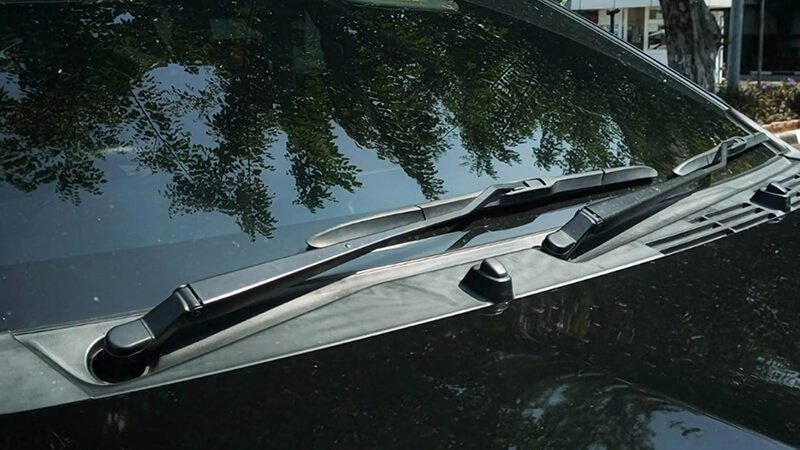
Why is my windshield wiper not working?

Do you have to prime your oil filter before changing it?

What are the best filters for an HVAC system?
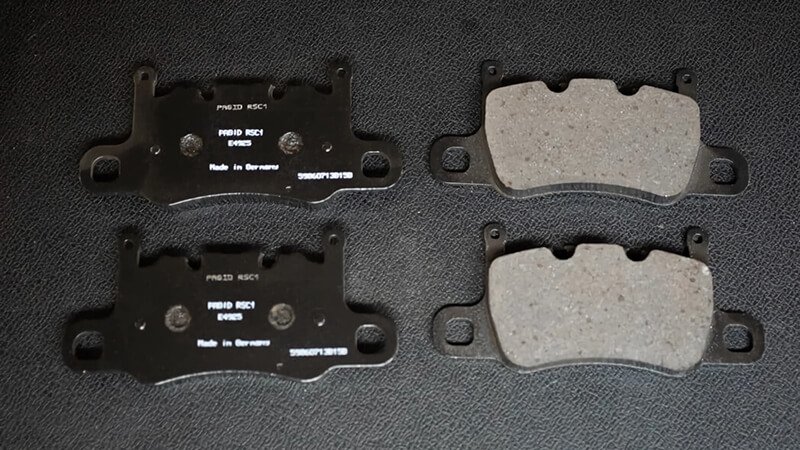
If new brake pads are installed, can that cause shaking?

Are all windshield wipers basically the same?
